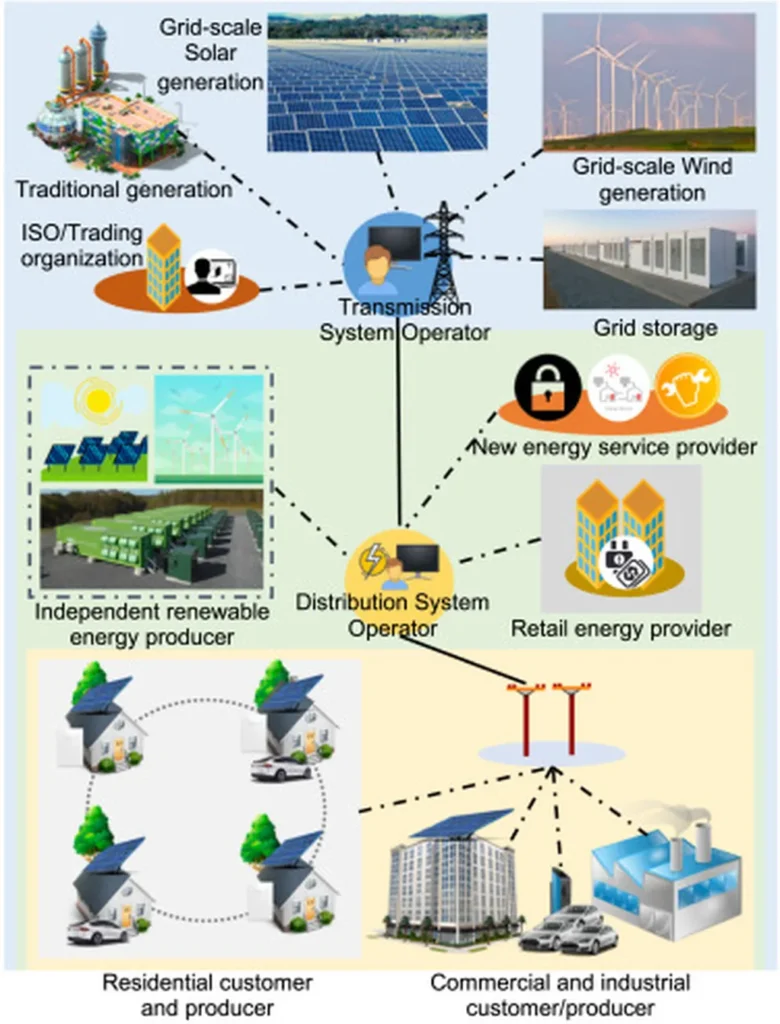In the race towards net zero, the energy sector faces a formidable challenge: how to accommodate the surging demand from electric vehicles, heat pumps, and distributed generation without overwhelming our aging electrical grids. A groundbreaking study published in the journal *Applied Energy Progress* offers a promising solution—one that could reshape the future of energy distribution and defer costly network expansions.
The research, led by Wei Gan from the School of Engineering at Cardiff University, introduces a novel approach called peer-to-peer coordinated flexibility. This strategy leverages the collective flexibility of individual energy users—such as households with solar panels or electric vehicle owners—to balance local power supply and demand. By coordinating these resources in a decentralized manner, the study suggests that gridlock can be mitigated and network expansion deferred, all while preserving individual benefits.
The findings are striking. Using real-world data from UK low-voltage electrical distribution networks and authoritative roadmaps for distributed energy resources, the study reveals that peer-to-peer coordinated flexibility could reduce peak power flows by up to 20%. Even more compelling, it projects that 91% of residential low-voltage networks could meet peak demand without gridlock by 2050—delaying the need for network upgrades by as much as a decade.
“We’ve demonstrated that peer-to-peer coordination isn’t just a theoretical concept—it’s a practical tool that can transform how we manage energy distribution,” says Gan. “By harnessing the flexibility of individual users, we can create a more resilient and efficient grid, one that’s better equipped to handle the energy transition.”
The implications for the energy sector are profound. For utilities, this approach could mean significant cost savings by deferring or avoiding expensive grid upgrades. For consumers, it offers the potential for greater control over their energy use and costs. And for policymakers, it provides a roadmap for achieving net-zero targets without sacrificing reliability or affordability.
But the path forward isn’t without challenges. Implementing peer-to-peer coordinated flexibility will require advancements in technological infrastructure, such as smart meters and energy management systems, as well as strategies to engage consumers and ensure their participation. “The technology exists, but scaling it up and integrating it into existing systems will demand collaboration across the industry,” Gan notes.
As the energy sector grapples with the complexities of the net-zero transition, this research offers a glimmer of hope—a way to navigate the challenges ahead without gridlock. By embracing peer-to-peer coordination, utilities, consumers, and policymakers alike can work together to build a smarter, more flexible, and more sustainable energy future.

